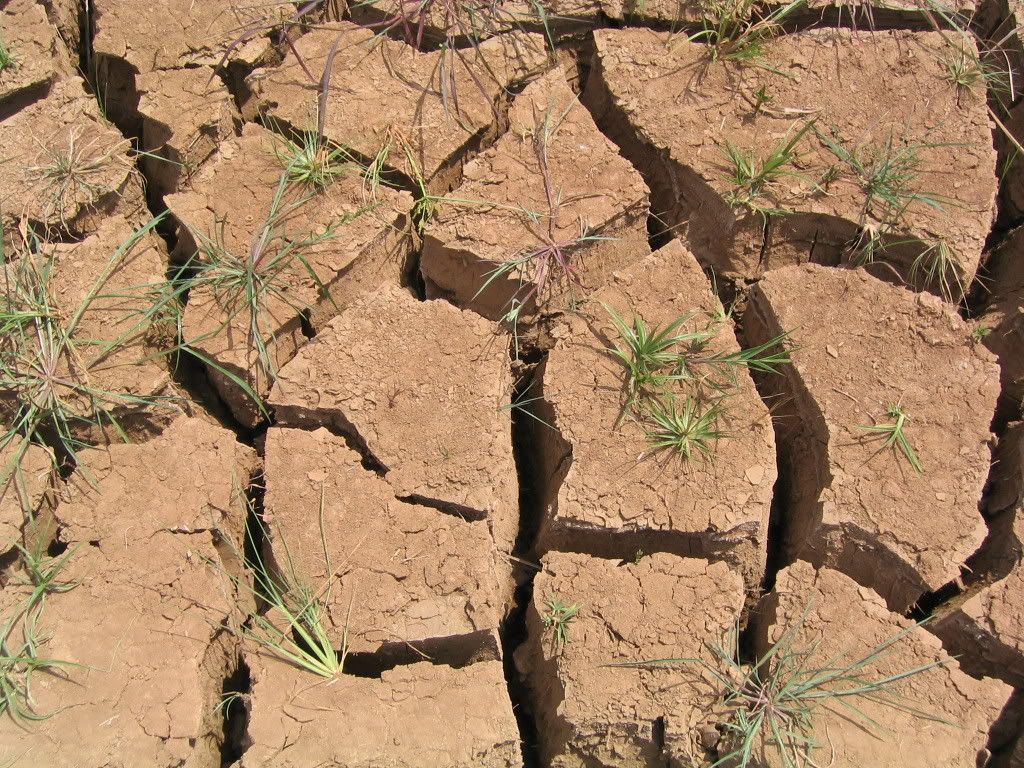dik
Structural
- Apr 13, 2001
- 25,688
Does anyone have information regarding the change in moisture content over time with soils located within a building?
See thread: thread507-323989
thanks, Dik
See thread: thread507-323989
thanks, Dik

